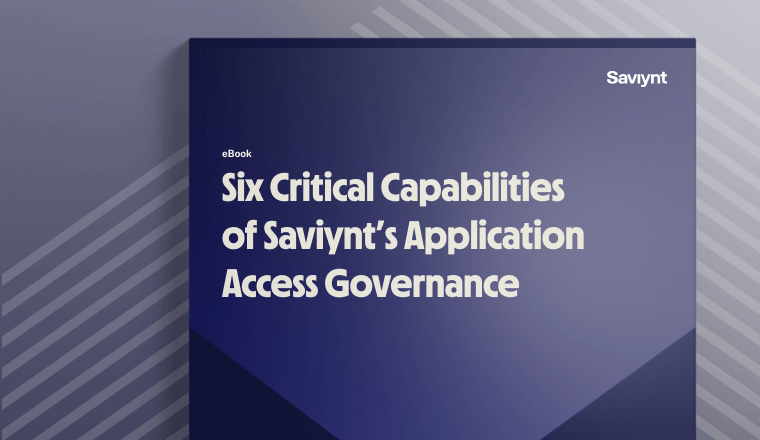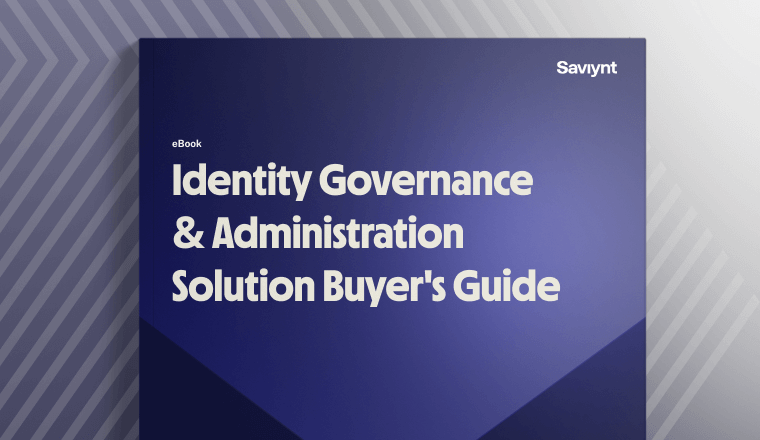What is DevSecOps?
What is DevSecOps?
DevSecOps, short for Development, Security, and Operations, is a security-focused approach to rapid software development that represents an evolution of the philosophies, practices, and tools of traditional DevOps. DevSecOps aims to integrate security as a core component of the Software Development Lifecycle (SDLC).
The need for DevSecOps arose due to the increased speed at which teams develop and update software. Traditional software development follows a linear waterfall methodology that is slow by today’s standards, with cycles taking months or years. With that model, security teams would come in towards the end of the software development process. Today’s rapid, agile development ecosystem requires an integrated approach that partners with security from the beginning and throughout the entire lifecycle.
DevSecOps vs. DevOps
As often overused and misunderstood buzzwords, these concepts require a certain degree of demystification. Let’s look at RedHat’s model for understanding the core components of DevOps and where DevSecOps fits in:
Core Components of DevOps
- Agile framework
- Agile development implies shorter dev cycles and fewer changes.
- Build-once, run-anywhere development
- Containers enable devs to code, build, run, and test separately from operational resources.
- Everything-as-code
- Make your code work as documentation to help future resources which may be unfamiliar with the application or environment.
- Automation
- Automate unit testing, code analyses, and image scanning in CI/CD pipelines to inform developers of required changes.
- Communication and Collaboration
- Bridge the team gap, focus on learned lessons, encourage reasonable failure, and set realistic goals.
DevSecOps
DevSecOps builds on the framework mentioned above to include the following requirements:
- Automated security checks as a part of your SDLC
- Homogenous security controls for repeatable development environments
Version-controlled CI pipeline - Process for implementing organization— or team-wide changes—to pipelines and facilitating post-incident security investigations
- Robust documentation, preferably using declarative methods that enable security as code
- A culture of encouraging innovation and tolerating the failure that accompanies it
How DevSecOps Impacts Your Business
The ultimate goal of a DevOps model is to accelerate the systems development lifecycle. The continuous integration (CI) and continuous delivery (CD) pipeline is the best way to deliver dynamic updates without downtime or maintenance windows — but it comes with security risks. According to the Verizon 2022 Data Breach Investigations Report (DBIR), 43% of breaches involved web applications.
Furthermore, existing DevOps processes don’t sufficiently monitor changes and ensure appropriate segregation of duties (SoD) between developers and operational staff. Segregation of duties – designing a workflow so that more than one person is required to complete or sign off on a task – relies on workflow roadblocks to increase security.
In software development, SoD takes a particular shape. Ensuring that individual workers or organizations don’t perform multiple tasks in the software development life cycle – like design and development or inspection and approval – is crucial to reducing risk. In addition, proper SoD practices monitor and control software & data changes.
How Does SoD Reduce Risk?
Why is that so valuable? For one thing, promoting lousy code can lead to security vulnerabilities and potential data loss. According to the DHS, roughly 90% of cybercrimes result from vulnerabilities discovered in a software’s code or design. Working to fix these problems in a later stage of development can be difficult and costly, which is why an approach that bakes in security from the start is so valuable.
Understandably, SoD methodology can put it at odds with DevOps, which relies on integration. That’s why most experts agree it’s critical to find a balance between security and availability, even in the federal sector, where the emphasis tends to lean more towards security rather than speed. This emphasis is understandable; federal contractors and subcontractors often deal with highly-sensitive data, so security is critical.
Benefits of DevSecOps
By design, existing DevOps processes prioritize speed over security, presenting problems, mainly where compliance standards are crucial. At the same time, organizations must achieve efficiency and leverage new systems while working within a clear budget. How can they do this without compromising on security measures mandated by regulations?
Balancing Competing Demands
The DevSecOps approach resolves these competing demands. It does this through a comprehensive identity solution, which can extend data access and governance into continuous integration and continuous delivery (CI/CD) pipelines. Traditionally, CI/CD pipelines automate the software delivery process by iteratively building, testing, and deploying code. In other words, they offer a nonlinear way of developing and managing code.
On their own, CI/CD pipelines can offer convenience and agility, but they can also present security problems. Toxic combinations – when mismatched permissions combine to allow actions above an intended access level – can spring up, and compliance can be harder to track.
Integrating CI/CD pipelines with an enterprise-level identity solution offers several benefits. Organizations that take this approach can:
- Identify inappropriate access or toxic access combinations that lead to SoD violations
- Verify continuous compliance by adding tracking of access requests
- Create an agile, quick, and secure development environment
Resources


-1.png)